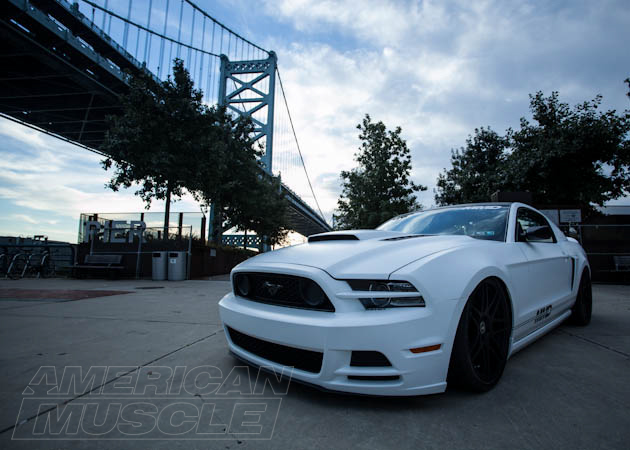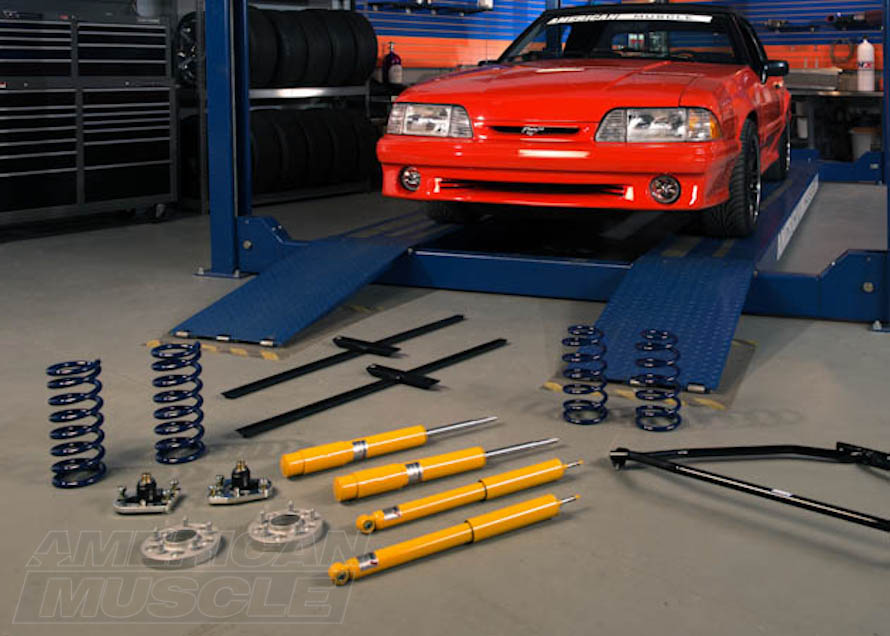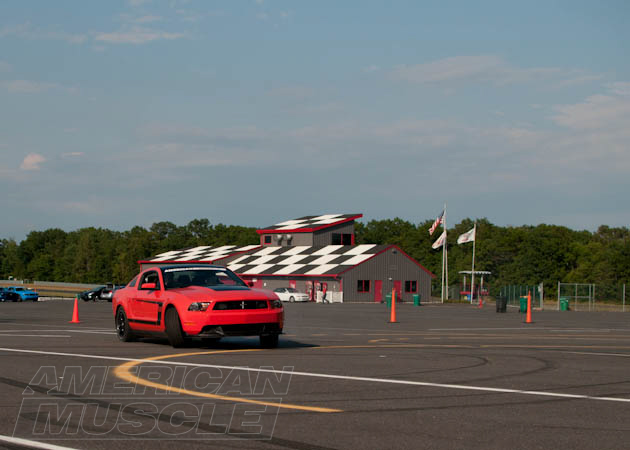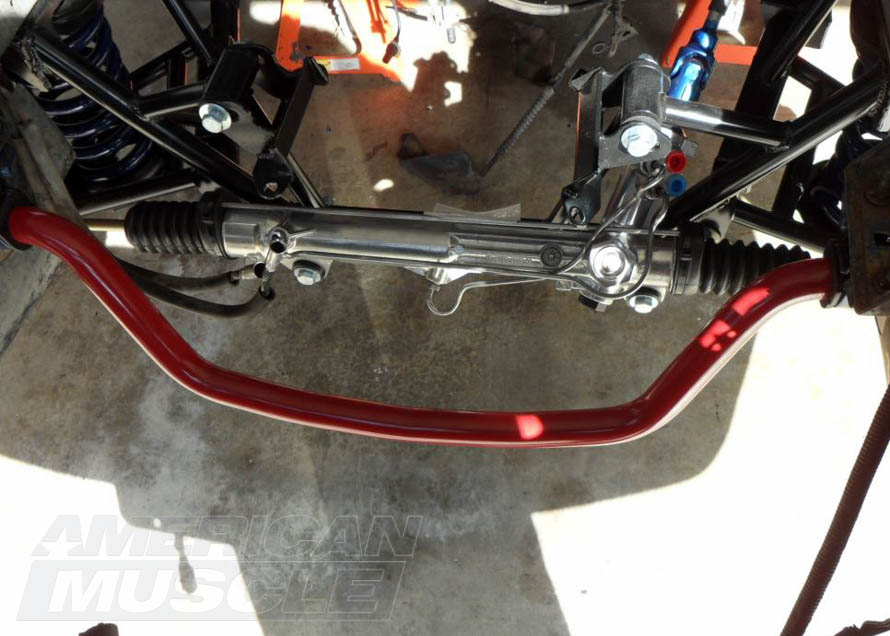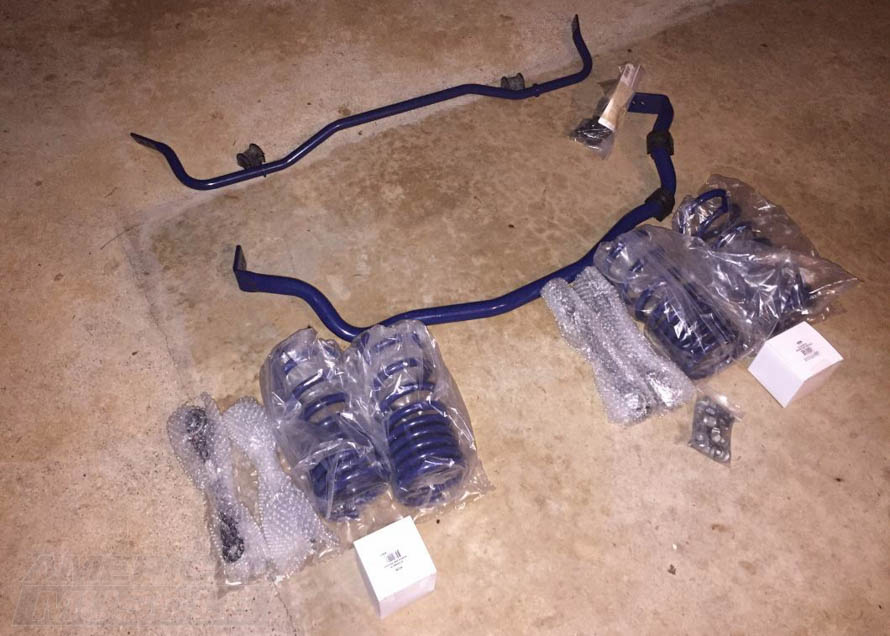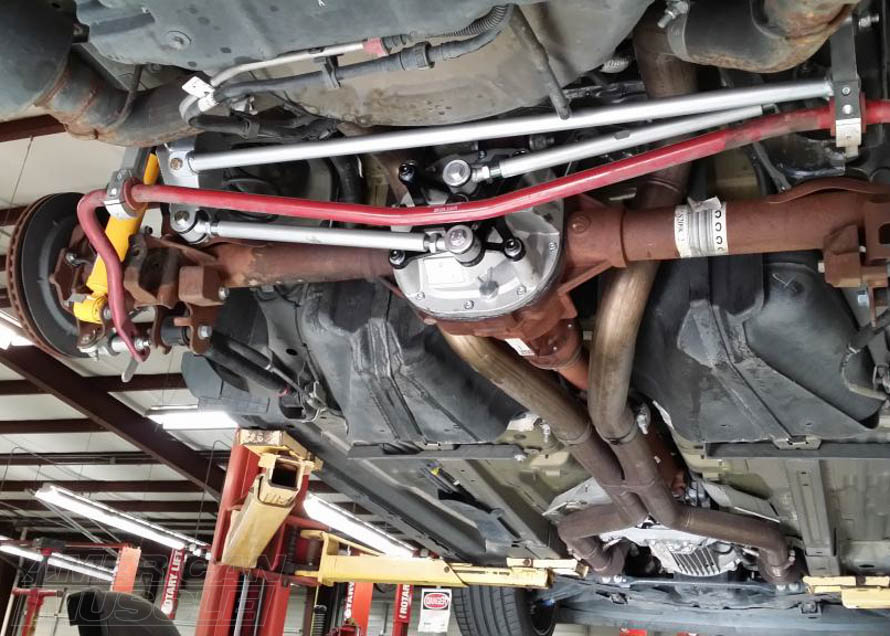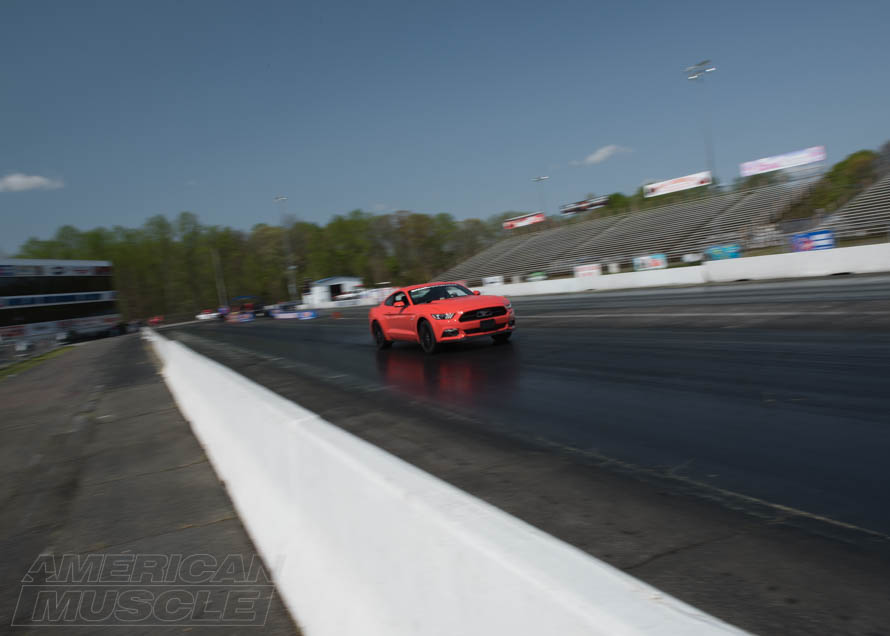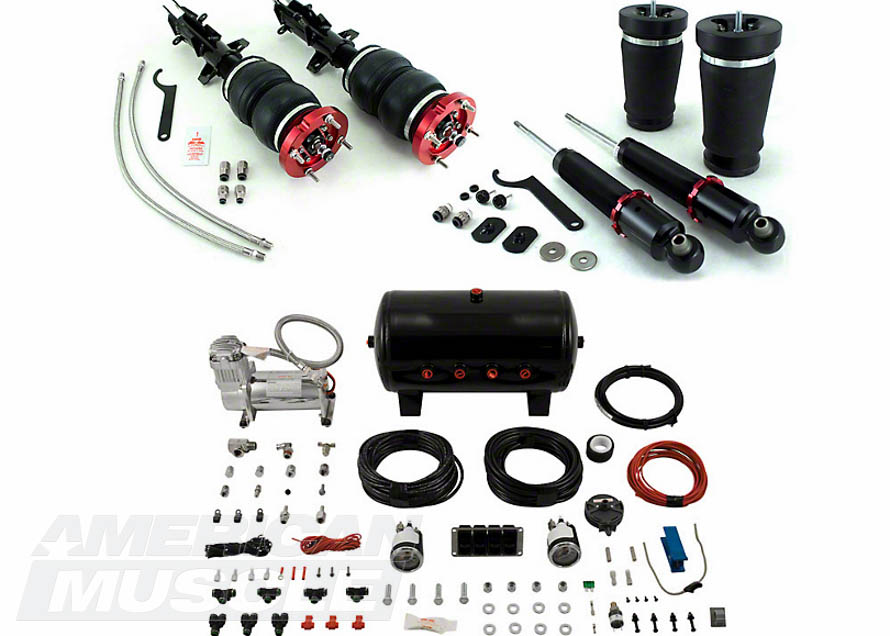The stock Mustang suspension setup is great for daily drivers with no modifications, but it can leave a lot to be desired for your average gearhead. The S550 Mustang made drastic improvements to the suspension setup from the factory, but still struggled in some areas. Regardless if you're a drag racer or corner carver, upgrading your suspension will make you faster in a straight line and in the corners. This guide will give you an overview of all of the different parts and terminology regarding your suspension system, and what you need to know before upgrading.
Contents
- What is Camber?
- What is Caster?
- What is Toe-In and Toe-Out?
- What is an Alignment?
- The Mustang Uni-Body Chassis
- Mustang Suspension Parts
- Common Mustang Front Suspension Components
- Common Mustang Rear Suspension Components & the Difference Between 4-Link and 3-Link Suspensions
- What is an Independent Rear Suspension & How Does it Work?
- Differences & Benefits of IRS and LRA Mustang Setups
- What Parts are Different on IRS Mustangs?
- Can an LRA Mustang be Modified to Perform Like an IRS Equipped Mustang?
- Are S550 Mustang’s Good for Drag Racing? Will the IRS System Break?
- Is the 2015+ Mustang the First Mustang to Use an IRS Setup?
- Common Mustang Suspension Issues
- What Do Mustang Suspension Bushings Do?
- Mustang Air Lift Suspension Kits
- Mustang Coil Over Kits
- Adjusting Alignment with Caster/Camber Plates
- Which of These Parts Can I Install Myself?
Shop Mustang Suspension
Whether you're looking for better cornering or more bite off the line, there's plenty that can be done to improve your Mustang's stock suspension. Start modding now and feel the differences that even a simple chassis brace can have no your entire driving experience.
